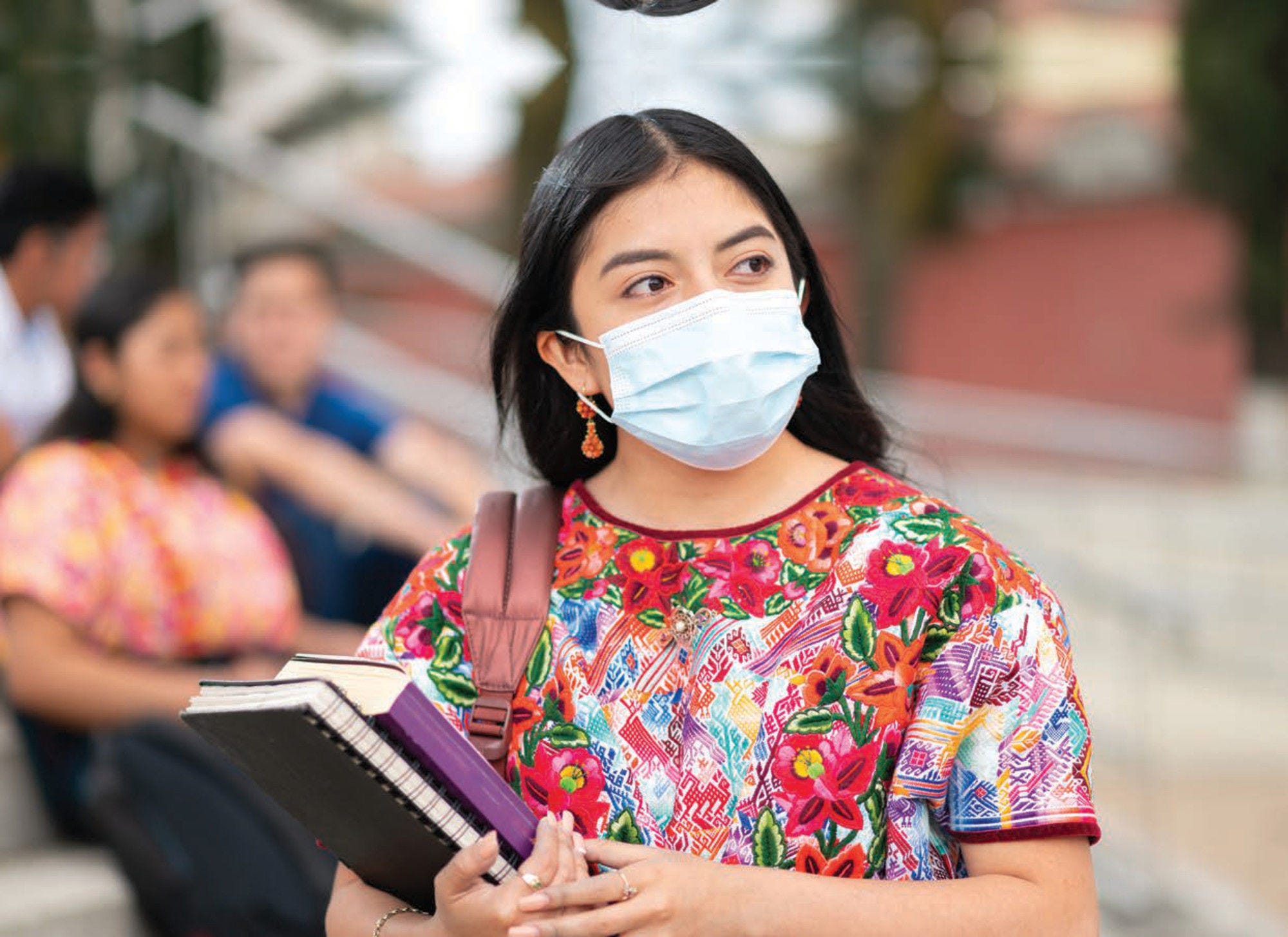Excess mortality measures whether – and if so, the extent to which – the total number of deaths from all causes is over and above what could normally be expected for a given period. Here, deaths in 2020 and 2021 are compared against the expected number of deaths for these years following a model based on data between 2015 and 2019, or 2000‑19 depending on the reporting periodicity in the country (WHO, 2022[1]). Excess mortality has been particularly useful in providing a fuller understanding of the impact of COVID‑19 across countries, since it is unaffected by country-specific variations in the recording of COVID‑19‑specific deaths, and accounts for both deaths directly attributable to COVID‑19 and deaths indirectly linked to the virus (Morgan et al., 2020[2]).
In 2020 and 2021, across LAC33 countries, over 1.1 million excess deaths per year were recorded, compared to the expected number of deaths based on previous years. In comparison, the 38 OECD member countries experienced more than 1.5 million excess deaths per year in the same period when considering the figures reported by the WHO.
More people died in 2020 and 2021 compared with what was expected (numbers adjusted for population growth) in all but four LAC countries. Yearly excess mortality in 2020 and 2021 was highest in Peru, where 437 excess deaths per 100 000 population were recorded on average. Excess deaths per 100 000 population were also relatively high in Bolivia (375), Mexico (242), Ecuador (228), Saint Vincent and the Grenadines (222) and Guyana (178), all of them above the LAC33 average of 174 excess deaths per 100 000 population. By contrast, there were fewer all-cause deaths in 2020 and 2021 compared to the expectation in Saint Kitts and Nevis, Grenada, Barbados, and Antigua and Barbuda – all countries experiencing relatively few COVID‑19 deaths (Figure 3.4).
Regarding excess mortality by age groups, all LAC countries for which data was available experienced higher mortality in the group of people aged 70 and over, when compared to groups of people aged 0 to 39 and 40 to 69, except for Mexico, in which the group of people aged 40 to 69 exhibited the highest excess mortality for the years 2020 and 2021. In LAC, as was the case in the rest of the world, the majority of COVID‑19 deaths occurred amongst older population groups (as well as amongst those with certain chronic conditions, such as cardiovascular diseases and diabetes). These are also the population groups with the highest underlying risk of mortality. In addition, countries like Bahamas, Costa Rica, Dominican Republic, Guatemala, Jamaica, Saint Lucia, Panama, and Trinidad and Tobago experienced negative excess mortality for the group of people aged 0 to 39 during the years 2020 and 2021, possibly driven by the reduction of deaths related to road traffic or injuries prevented during lockdown periods (Figure 3.5).


